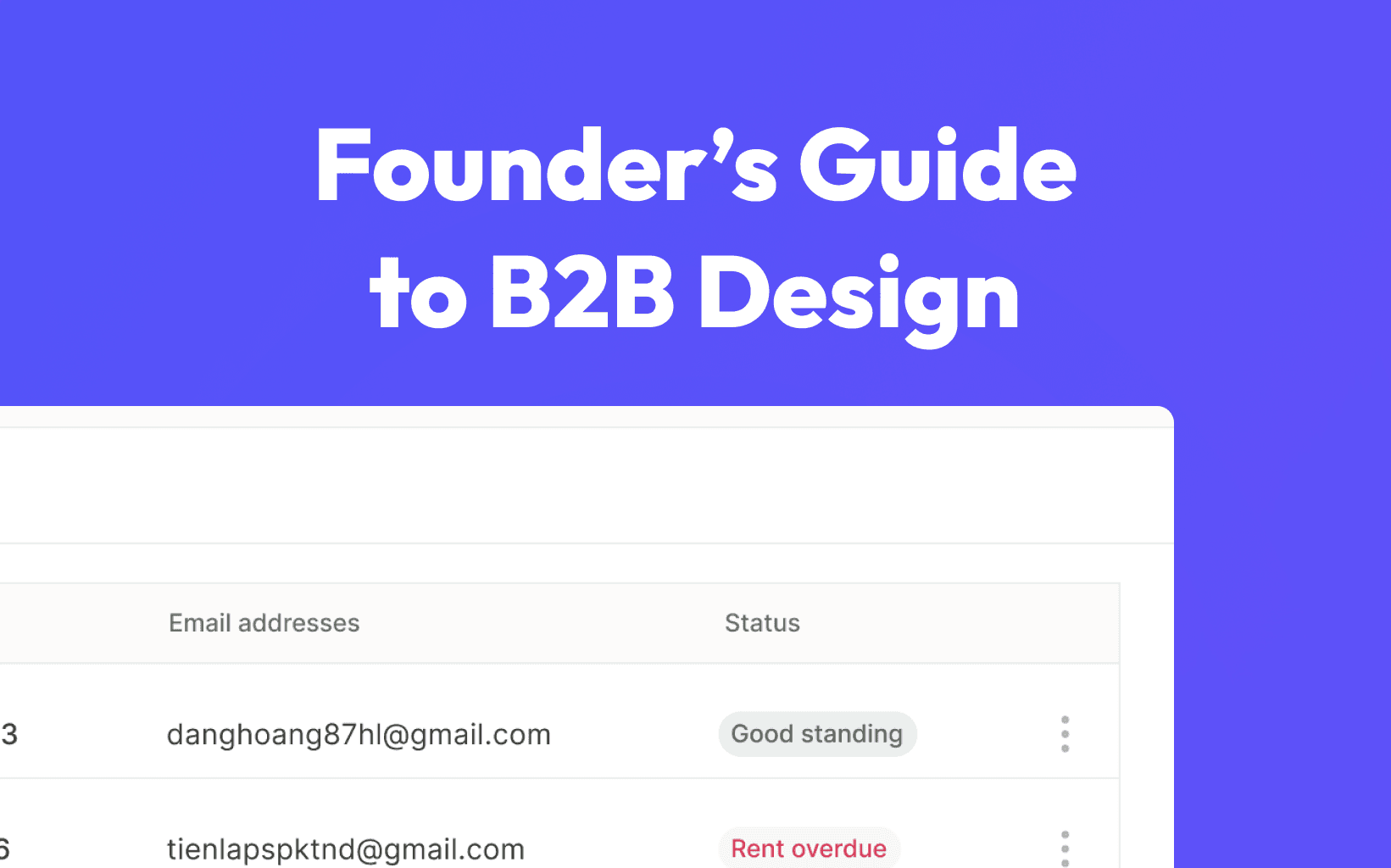
4 min
Technology has made leaps and bounds in recent years, and the fintech industry is racing to keep up. Despite the multitude of regulations and ever-changing trends, the design of fintech products must remain user-centric, offering a seamless and positive experience.
Here are some practices you should consider when designing fintech products:

Focus on Functionality
A top-notch fintech product should have an intuitive, easy-to-navigate interface. Avoid complications and distractions that might lead to cognitive overload for your users.
How to do this:
Keep the navigation menu clear and accessible: Ensure it’s straightforward and easy to find.
Use proper labels and icons: Make sure the navigation elements are easily understandable.
Display important information upfront: Present crucial details like account balance immediately, so users don’t have to hunt for them.

Ensure a Smooth Login Process
We’ve all used apps that require multiple frustrating steps just to log in. Don’t let your product be one of them. Ensure users can easily access their accounts without unnecessary complications.
How to do this:
Offer clear and concise steps: Break down the login process into simple, easy-to-follow actions.
One step at a time: Focus on the primary goal (logging in) and avoid introducing other functions during this process.
Be directive: Make sure users know exactly what to do next through clear UI instructions.

Make Important Functions Easy to Find
Don’t overwhelm your users with a multitude of features to showcase how advanced your product is. Concentrate on the most critical functions that address your user’s problems.
Tips:
Highlight essential functions: In a banking app, for instance, prioritize features like balance viewing, fund transfers, support contact, and card blocking. Avoid adding unnecessary extras.
Use clear language: Communicate in simple, inclusive terms. Reserve technical jargon for when it’s absolutely necessary.

Design
While aesthetics are important, they shouldn’t overshadow functionality. A friendly, user-focused interface is key in fintech.
Tips:
Consistent colors and icons: Use a cohesive color scheme and icon set throughout your app. Avoid too many colors that could confuse or distract users.
Prioritize readability and simplicity: Make sure text is readable and interface elements are easy to understand. Keep the design uncluttered and functional.
Constant Feedback and Iterations
Regular user feedback is essential to refine and improve your fintech product. Users are the ones interacting with your product the most, and their pain points should guide your improvements.
How to do this:
Conduct usability testing: Test your product regularly with real users to pinpoint areas that need improvement.
Implement feedback loops: Gather feedback through surveys, in-app forms, and user interviews.
Iterate and improve: Use this feedback to make continuous, iterative improvements to the user experience and interface.
Prioritizing UX/UI design is crucial for creating successful fintech products that meet user needs. By focusing on functionality, streamlining the login process, making important functions accessible, and maintaining a user-friendly design, your fintech startup can deliver exceptional digital experiences. Embrace these best practices to design fintech products that not only solve user problems but also provide a delightful and secure user experience.




